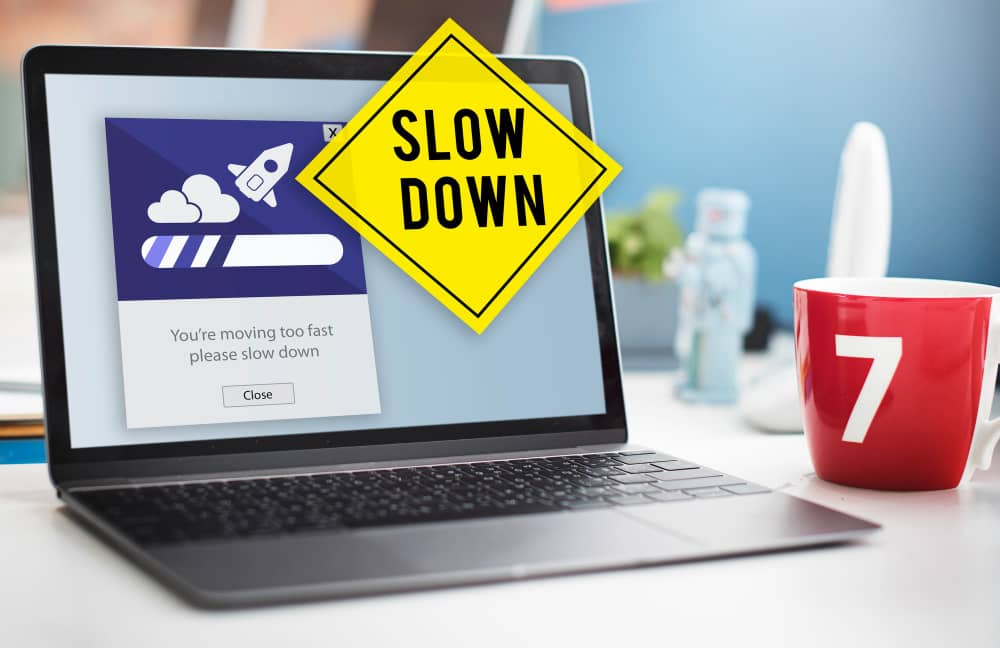Who wouldn’t want to skip the long (and often with many setbacks) growth process as a start-up business and see an immediate large audience and engagement rates? Even established businesses often struggle with marketing results, including in email marketing. Due to this, one of the well-known, often advertised, and fast methods used is buying mailing lists.
This strategy involves purchasing a collection of email addresses from third-party vendors. Companies often do this in hopes of quickly expanding their reach and boosting their marketing efforts. The allure is clear: instant access to a large audience without the slow grind of organic growth. But does it really pay off?
If you have been contemplating this for your business, we will outline the advantages and disadvantages of purchasing mailing lists to help you select the most cost-effective approach for email marketing success in this brief tip corner.
The (Very Limited) Upside
Sure, buying a mailing list might seem like an easy win at first. You get a large pool of potential customers overnight, which can be tempting. Instant gratification is at play here – a concept widely used in the psychology of this modern world of smartphones and AI. If you’re launching a product or entering a new market, the promise of immediate visibility can be appealing. As for the positive side of buying mailing lists, then that’s about it.
Okay, you might be lucky enough to get some contacts who just happen to be interested in the type of content you’re promoting or the goods or services you’re selling, but that still doesn’t outweigh the downsides that will come back to haunt you later. Playing the lottery is not a good strategy to make money; rather, wealth is still (mostly) achieved through work. Let’s take a look at what the downsides of buying mailing lists are.
The Strategic Downside
1. Poor Deliverability
Purchased lists are often riddled with outdated or incorrect email addresses. Sending to these addresses can result in high bounce rates, which email service providers (ESPs) monitor closely. A high bounce rate can lead to your domain being flagged as a spammer, drastically reducing your deliverability.
2. Legal Issues (GDPR, CAN-SPAM, etc.)
Regulations like the GDPR in Europe and CAN-SPAM in the United States require explicit consent from individuals to receive marketing emails. Purchased lists rarely come with this consent, putting you at risk of hefty fines and legal repercussions. After all, one of the most important things is that, as an entrepreneur, you show your subscribers that their privacy and consent are important to you.
3. Low Engagement Rates
Recipients from purchased lists are less likely to engage with your content. They didn’t opt in to hear from you, so why would they care about your emails? Think about the emotions people feel because of salespeople who stop shoppers and sell services in the corridors of shopping malls. I personally know people who take a longer route to their desired shops to avoid this kind of unwanted contact. Pretty sure you wouldn’t want your business to have a similar reputation because of your email marketing decisions. When it comes to email marketing metrics, using a bought mailing list can lead to poor open rates and click-through rates, wasting your marketing efforts.

The Technical Nightmare
1. Increased Spam Complaints
Here we come to one of the most unpleasant words in the world of mailboxes for both email marketers and people in general – spam. Sending emails to unsuspecting recipients often results in spam complaints. Too many complaints can lead to your email account being suspended or blacklisted, severely limiting your ability to communicate with your audience.
2. Damage to Sender Reputation
In addition to the bad reputation in general terms, purchased mailing lists also affect your business’s reputation in a technical sense. ESPs track your sender reputation. A poor reputation due to high bounce rates, low engagement, and spam complaints can result in your emails being sent directly to spam folders, even for recipients who would want to hear from you.
3. Deliverability Issues
Bad lists can contain spam traps – email addresses used to identify spammers. And these are traps that may cause serious havoc in your efforts in email marketing. Hitting a spam trap can cause heavy damage to your sending reputation and result in your emails being blocked. Don’t get tangled!
The Brand Damage
1. Loss of Trust
Trust is hard to earn and easy to lose. Now let’s talk about this inevitability in the context of email marketing. When recipients receive unsolicited emails, it erodes the consumer trust in your brand. Contacts from a bought mailing list may see you as intrusive or disrespectful of their privacy.
2. Negative Brand Perception
Being perceived as a spammer can tarnish your brand’s image. Think about someone calling you to whom you haven’t shared your contact information, and honestly, you don’t want to communicate with them through this medium anyway. It’s not a pleasant feeling at all. Sales calls the same way. Just like those painfully annoying cold calls, consumers are more likely to view your brand negatively if they associate it with unwanted emails.
3. Lower Customer Lifetime Value
Building a loyal customer base requires trust and also engagement. Starting off on the wrong foot with unsolicited emails can make it difficult to foster long-term relationships with potential customers.
Shortlist of Tricks and Reminders for Growing Your Mailing List
- Offer Valuable Content: Create high-quality, relevant content that encourages people to subscribe.
- Use Clear CTAs: Place compelling call-to-action buttons on your website, blog, and social media to drive sign-ups.
- Leverage Social Proof: Show the benefits others have gained from subscribing to your list.
- Host Webinars and Giveaways: Use events and promotions to attract new subscribers.
- Segment Your List Early: Begin segmenting your list from the start to ensure relevant and personalized communication.
To read more about various tips for growing your contact base, read our published article on growing your mailing list here.

Conclusion: The Smart Path Forward is to Avoid Buying Mailing Lists
Buying a mailing list is like buying a house without even going inside, let alone having a real estate agent inspect it for you. It is evident that, in this case, you buy a haunted house – haunted with many unpleasant surprises that you will have to face.
Instead of buying mailing lists, invest in building your own. Focus on creating valuable content, engaging with your audience, and growing your list organically. It may take longer, but the quality and engagement you gain will be worth it in the long run. Your email marketing efforts will be more effective, your brand reputation will remain intact, and you’ll stay on the right side of the law.
Remember, a smaller, engaged audience is far more valuable than a large, disinterested one. Build your list with care, and your email marketing strategy will flourish.
And when you need help in your efforts, feel free to contact us here at Smaily!
